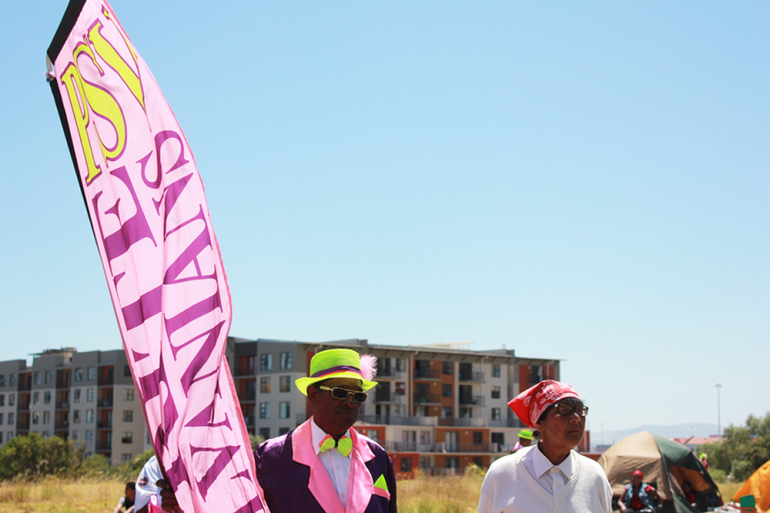In Pictures
The slaves, the masters, and a carnival of rebellion
South African parade dating back to the mid-19th century celebrates slaves’ ‘mockery of masters’.

Cape Town, South Africa – After a two-week delay and some verbal abuse between organisers and the city of Cape Town, the minstrel carnival finally burst onto the streets of the Mother City.
The parade dates back to the mid-19th century when slaves were given the day off on January 2 to rest. Back then, groups would assemble on the streets and parade from the famous District Six locale to the city centre.
Dressed in top hats, tailcoats and waistcoats, it was a most dazzling mockery of their masters.
Today, the celebration continues. When the minstrels march, banjos, trumpets and drums reverberate through the city centre, which turns into a sea of sequins, glitter and colourful umbrellas.
While the carnival today is fairly symbolic and commemorative in nature, for the participants it is a chance to connect with those from a time gone by.










